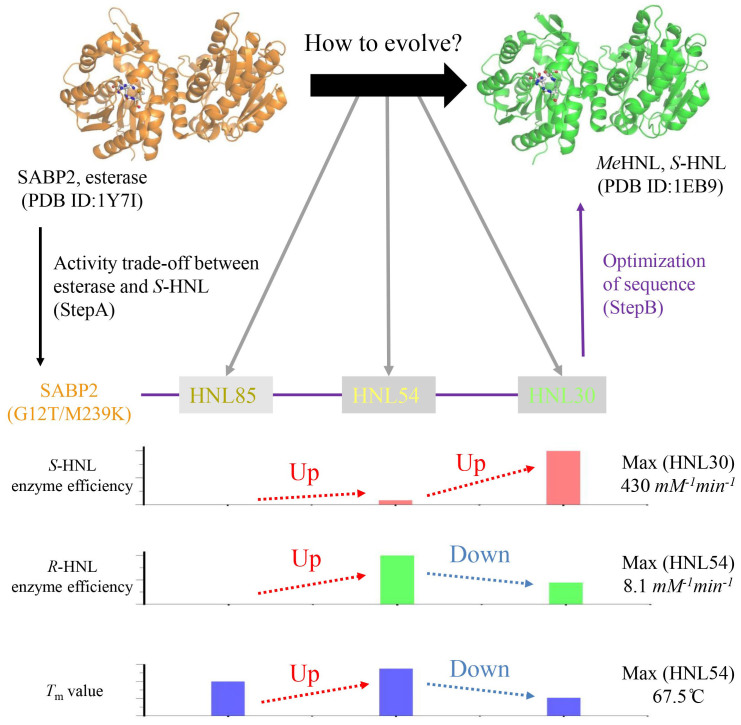Figure 5. Schematic model of protein evolution for S-HNL.
Based on previous studies and biochemical analysis of the designed S-HNLs, we hypothesized that esterase (SABP2) ultimately obtains native S-HNL (MeHNL) activity via Step A (black arrow) and Step B (purple arrow). The hypothesis is also supported by the high structural similarity between esterase and S-HNL: the rmsd value for Cα atoms between SABP2 (esterase) and MeHNL (S-HNL) was 0.751Å. Enzymatic efficiency of designed S-HNLs toward (S)-Man and (R)-Man was normalized, and is shown here as a red and blue bar graph. The Tm values (range: 40–70°C) of the designed S-HNLs are shown here by a blue bar graph.

